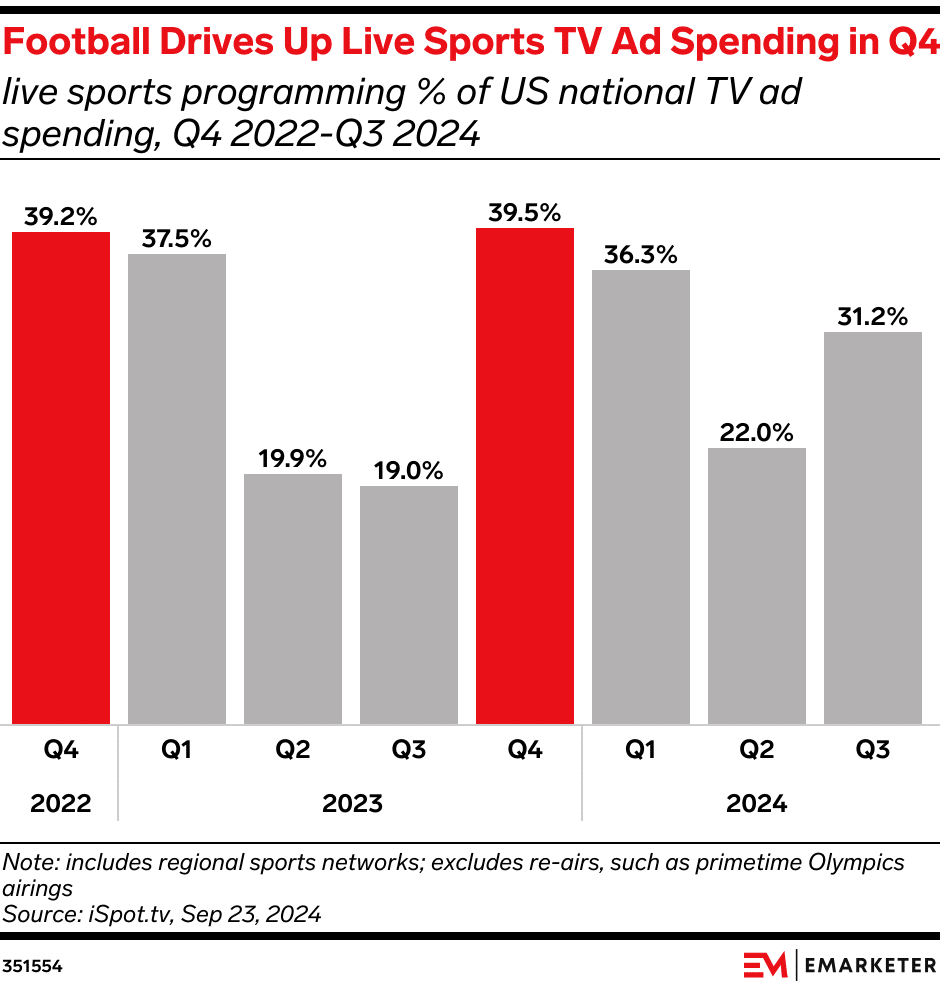Late night television, once a cornerstone of American culture and a consistent part of the media mix is undergoing a shrinking platform. Within just weeks, two major franchises made headlines:
- CBS announced that The Late Show with Stephen Colbert will end in May 2026, citing financial pressures.
- ABC suspended Jimmy Kimmel Live! briefly, following affiliate boycotts and mounting political pressure.
For decades, late night offered advertisers a unique combination of cultural influence, celebrity access, and a brand-safe environment. Today, that value proposition is eroding.
To better understand what this means for viewers, advertisers, and media buying strategies, Ocean Media’s President Dave Coleman and Senior Director of Media Investment Kevin Cozine shared their perspectives in a two-part conversation.
Why late night is losing ground
At its core, CBS’s cancellation of The Late Show largely reflects economics. Stephen Colbert’s audience has declined 40% over the last eight years, and with it, so have ad rates. Meanwhile, the cost of producing a nightly, star-driven show has remained high.
The broader trend is undeniable. Audiences who once tuned in for celebrity interviews and monologues now find that same content faster and cheaper on YouTube, TikTok, or the growing number of podcasts.
The affiliate factor and political pressure
Jimmy Kimmel’s suspension highlights another late night vulnerability; affiliates. Many viewers assume networks own their local stations, but companies like Nexstar, Tegna, and Sinclair control a large share of distribution. When affiliates face political or regulatory pressure, they can exert outsized influence on what stays on air.
The relationship between networks and affiliates adds a new layer of risk. It’s no longer just about ratings anymore, ownership structures and politics have proved to be a sizable influence.
With the pending Nexstar–Tegna merger poised to further consolidate power, this dynamic may continue to destabilize legacy programming.
Where advertisers are moving dollars
As audiences migrate away from traditional late night programming, ad dollars are following suit, reshaping how brands think about reach, engagement, and cultural relevance.
If you’re a brand that is looking to move ad spend from late night, you shouldn’t look further than sports. According to iSpot, live sports accounted for almost 40% of US national TV spend, with the largest audience tuning in for football. Besides late night, sports may be the only place where audiences consistently gather in real time.

Digital creators are filling the gap left by late night television, offering the same conversational, interview-driven tone, but with far more flexibility and lower production costs.
Shows hosted on YouTube and top podcast platforms deliver the kind of intimate, personality-led storytelling that late night once owned, but without the time-slot constraints or network oversight.
For advertisers, this means access to deeply engaged niche audiences, contextual targeting, and scalable content opportunities that feel more authentic and culturally connected.
What comes next for late night?
Looking ahead, two parallel futures seem likely.
Network reinvention, with cheaper programming such as reruns, procedurals, or experimental formats. Networks could shift the late night programming to their respective streaming platforms, such as NBC to Peacock, or CBS to Paramount+, but it would likely be rolled out as a scaled-back version due to the high production costs on current late night productions.
Digital dominance, as podcasts and YouTube continue to capture the audiences and cultural influence late night once commanded.
While controversies such as Kimmel’s suspension or Colbert’s announcement briefly produced a spike in ratings, the long-term decline was already set in motion by changes in consumer behavior.
How do advertisers move forward?
While late night provided its share of cultural media moments, from David Letterman interviews to viral Saturday Night Live sketches, that consistency has faded, leaving advertisers to chase fewer, larger moments.
Which is why it’s not surprising that the biggest events like the Super Bowl are selling out earlier and at higher rates than ever. Brands want the cultural impact they used to get from late night and they’re willing to pay for it.
The takeaway for advertisers is clear: don’t cling to legacy formats.
- Follow the audience, whether on streaming, sports, YouTube, or podcasts.
- Prioritize brand-safe, premium environments that mirror the trust once associated with late night.
- Think content, not daypart; cultural moments are no longer tied to a clock.
Appointment viewing outside of sports is fading fast. Audiences watch what they want, when they want, and media strategies need to reflect that reality.
Want more insights on how shifting viewing habits impact media buying? Contact us!
